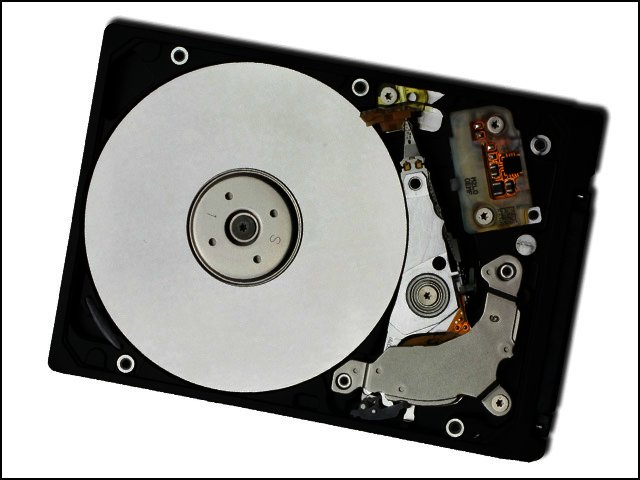It was Richard E. Rutledge, WD senior VP and GM of the Datacenter Storage business unit who kicked off proceedings by noting that secular byte demand growth is the driving force behind the continued need for storage. In fact, Rutledge stated that the amount of data created, replicated, as well as consumed within a single year is increasing at an annual rate of 46%. Factors driving this exponential data growth include the proliferation of mobile devices (smartphones and tablets); the continued global adoption of social media (Facebook, Twitter, LinkedIn, YouTube etc.); the increasing sophistication of video and digital cameras; new forms of data such as recorded voice as well as location info; and a growing need for video surveillance.
HDD: The heart of your digital lifestyle
Western Digital expects the total amount of data generated globally in the year 2020 to be around 40 000 exabytes (an exabyte is 1 000 000 terabytes or a billion GB). According to the company, more than 75% of these exabytes will be stored on hard-disk drives. Rutledge said that this means that “the hard-drive really is the heart of your digital lifestyle.” If all goes according to plan, Western Digital aims to capitalise on this foreseen need for more storage and remain a leader in the storage market. This, the company believes, will be done by competing effectively within key market segments, driving for operational and financial efficiency, and strategically allocating capital mainly into research and development (R&D).
According to Rutledge, Western Digital’s current business model sees the company spending more than two-thirds of its revenue on R&D and only 5% of the revenue on all other functions of the firm. Rutledge added that the company is preserving 50% of its earnings in order to grow through investments and acquisitions. He added that Western Digital invested considerably in data centre technology as well as in making its hard-drives thinner and lighter to fit into portable computing devices that are becoming slimmer and more lightweight with each new iteration.
Not all storage is created equal
Hitting a crucial point was Dr. William Cain, VP of technology at WD, who stated that one storage technology does not fit the need of all consumers and businesses. Cain believes that there is a storage hierarchy of needs that explains consumers’ priorities when buying HDDs. The most important aspects up for consideration when shopping for new storage solution are reliability and capacity, with price, performance and physical size also being priority factors. Less important aspects include weight, power consumption, robustness, and operating noise.
For companies price, capacity and performance play a much more crucial role in storage solution acquisition decisions.
For companies, however, price, capacity and performance play a much more crucial role in storage solution acquisition decisions. Cain went on to say that 15 years ago storage solutions the likes of tape storage and HDDs did not keep pace in development to match that of for example processors. This resulted in a large performance gap between costly memory solutions such as SRAM and SDRAM and more affordable mechanical solutions the likes of HDDs, optical storage solutions and tapes.
NAND Flash storage joins storage party
Western Digital found that when looking at all these storage solutions, buyers fork out around ten times more money for every 100x performance improvement in the respective solution. In modern times, that gap has been filled to some extent by flash storage, since NAND Flash offers much better performance compared to legacy solutions like HDDs. However, Cain explained that flash storage is not a substitute for HDDs and tape, as it cannot match the capacities available on HDDs. He added that it also costs around ten times more for the same storage capacity one finds on a HDD.
An area of focus for Western Digital via which it aims to offer the best of both features to consumers and companies is hybrid-drives, which boasts both flash memory as well as a reliable and large capacity HDD. These offer the highest areal density (storage capacity up to 1 TB) inside the thinnest space (slim 7 mm and ultra-slim 5 mm form factors).
To the point
In essence, Western Digital’s Executive Summit showed that the company has its eye on the storage ball and appears ready to meet the veritable data generation explosion, brought about by the rapid expansion of the digital universe. This should be good news for companies and consumers of computers, cameras, game consoles, tablets, smartphones, and virtually every kind of modern tech product of which storage is a crucial component.





